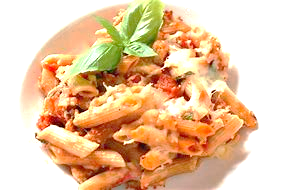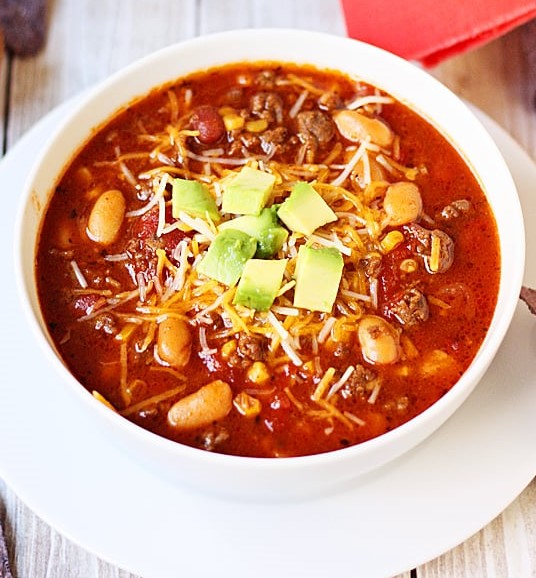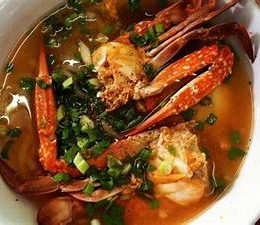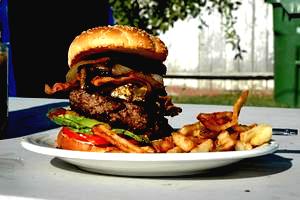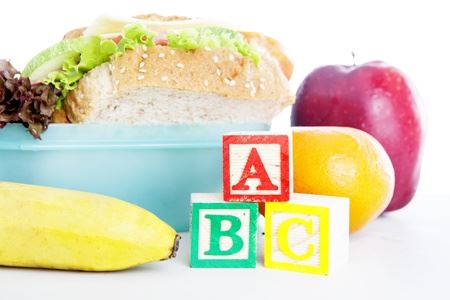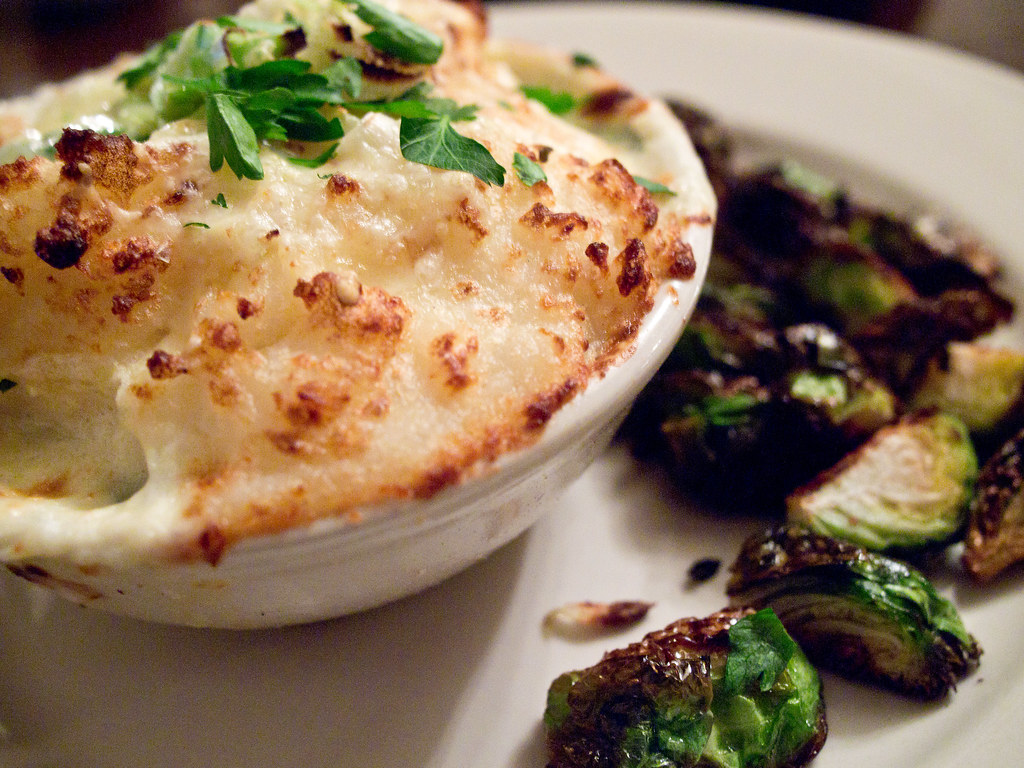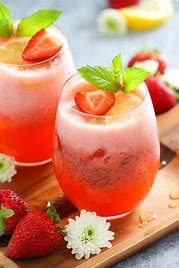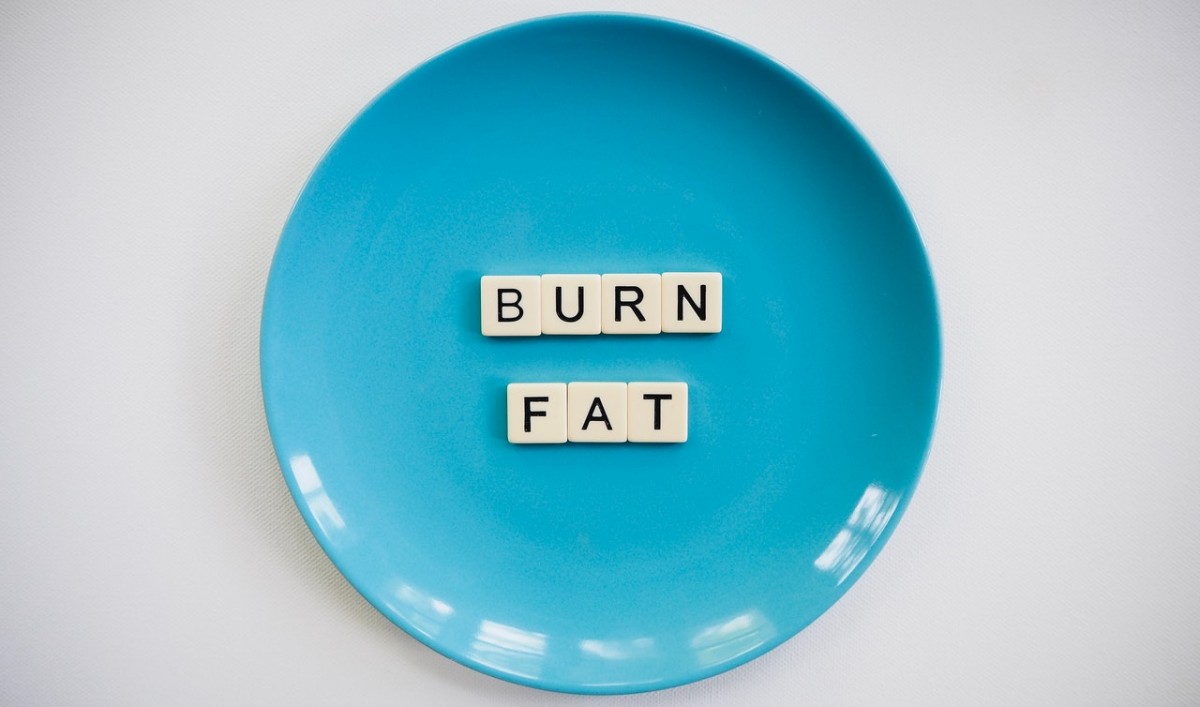One of my favourite dishes is this baked pasta with Maltese sausage. At a first glance the ingredients of this recipe might look ‘unhealthy’ but as I always say “everything can be healthy & everything can be unhealthy. It depends on the portion size.” I strongly believe in eating food which offer sensory pleasure to your taste buds. Moderation and balance plays also a key role. This baked pasta contains a variety of herbs which are full of anti-oxidants to protect our body from harmful substances and radicles in our body. In addition, wholemeal pasta can be used for this recipe to make it full of fibre which contains vitamins and minerals. So as you can see it is a balanced recipe where it is still rich in vitamins, minerals and anti-oxidants but still offers a delicious taste to satisfy both your hunger and appetite!
Ingredients:
1 tablespoon vegetable oil
200g Maltese sausage
Half a cup mini pepperoni
450g tomato sauce
½ teaspoon dried mint
½ teaspoon dried basil
½ teaspoon oregano
240g wholemeal pasta
Black pepper
1 cup shredded mozzarella
Method:
Preheat the oven at 150 degrees for 20 minutes.
Put the vegetable oil in a pan and heat. Add the Maltese sausage and cook for about 4 minutes until browned.
Add the pepperoni and heat for about 1 minute.
Add and stir the mint, basil, oregano and black pepper with the mixture.
Meanwhile cook the pasta according to the pack instructions.
Mix the cooked pasta with the tomato sauce mixture and put in a dish.
Add the mozzarella on top of the pasta and put in the oven for 10 minutes.
Serve and garnish with basil if required.
NB: In this recipe different types of sausages can be used according to your preference.
I hope that you enjoy this recipe as much as I do. Let me know what you think about this recipe in the comments below. If, you would like more recipes which are low in calories & carbs I invite you to order our book. Each recipe also contains the nutritional information inside.

